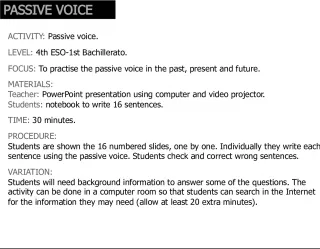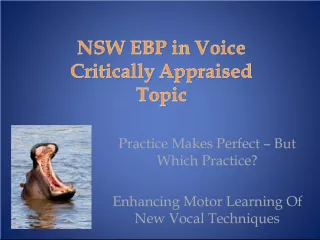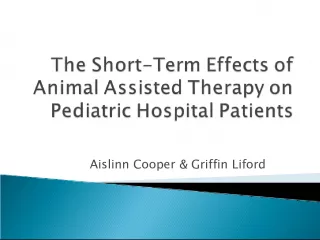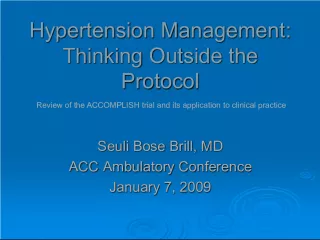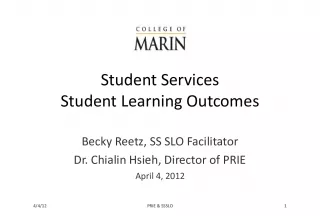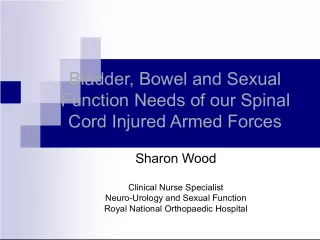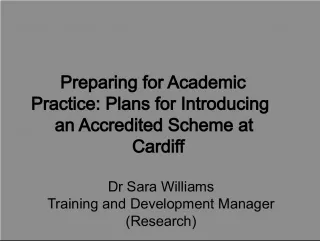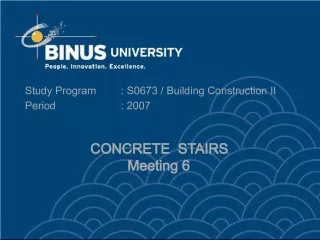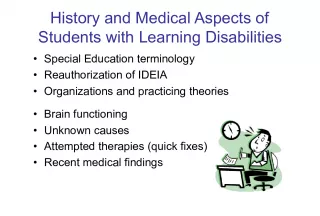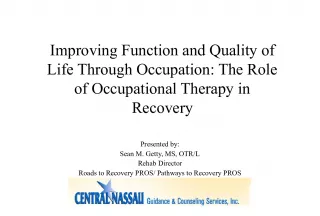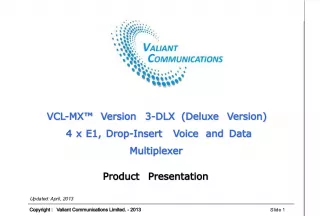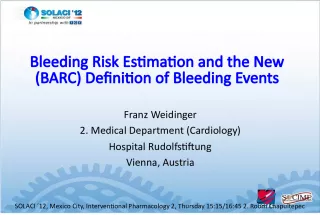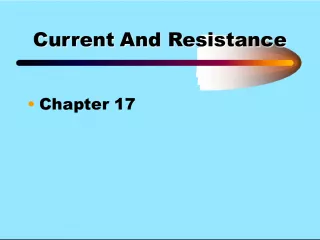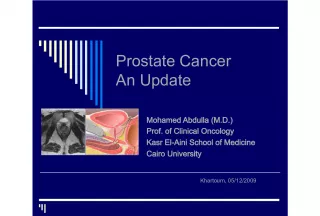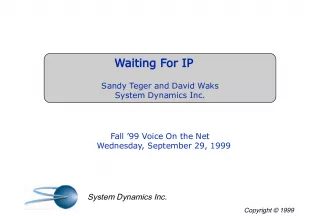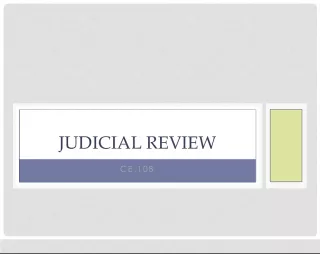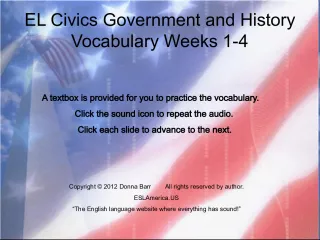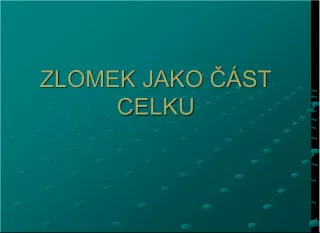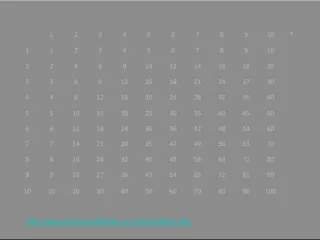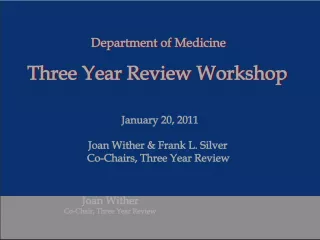Voice Therapy for Unilateral Vocal Cord Paralysis: A Review of Current Practice and Outcomes
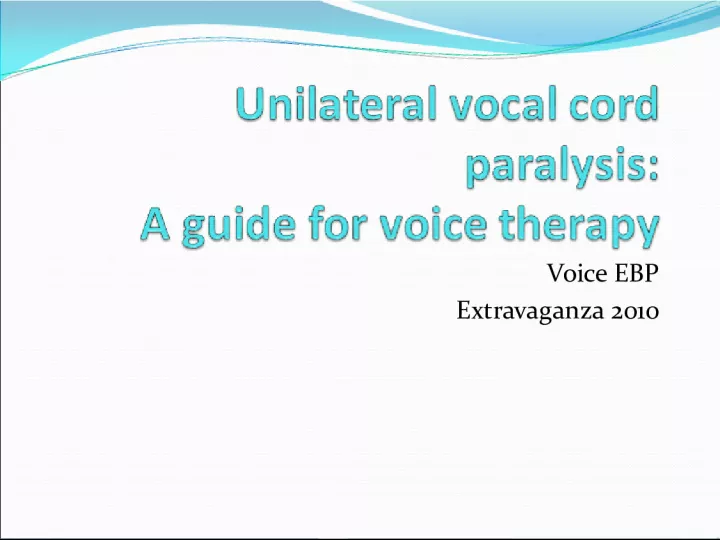

Unilateral vocal cord paralysis (UVCP) is a common condition affecting both inpatients and outpatients, yet there is still uncertainty about
- Uploaded on | 3 Views
-
 nelya
nelya
About Voice Therapy for Unilateral Vocal Cord Paralysis: A Review of Current Practice and Outcomes
PowerPoint presentation about 'Voice Therapy for Unilateral Vocal Cord Paralysis: A Review of Current Practice and Outcomes'. This presentation describes the topic on Unilateral vocal cord paralysis (UVCP) is a common condition affecting both inpatients and outpatients, yet there is still uncertainty about. The key topics included in this slideshow are . Download this presentation absolutely free.
Presentation Transcript
Slide1Voice EBPExtravaganza 2010
Slide2Background Common caseload (inpts > outpatients) Unknown: When to provide therapy and for how long What therapy to provide Contraindications Role of surgery in recovery Prognosis and pattern of recovery
Slide3QuestionFor patients with unilateral vocal cord paralysis, does voice therapy improve voice outcomes?
Slide4Search strategy Search words: Unilateral vocal fold/cord paralysis/paresis RLN palsy Voice therapy Voice disorders Hemiplegia Databases: Medline / PubMed Web of science Cochrane Scopus
Slide5Results Critically appraised 16 articles Each article appraised by 2 people Developed specific Q’s to assist our broad clinical Q Mix of retrospective and experimental time series studies No control groups Level of evidence: III to IV Range of participants per study: 3 - 91
Slide6Trends of presenting S&S Hoarseness (53%), dysphagia (34%), difficulty breathing (12.8%). Kelchner low intensity, low pitch, rough, breathy, reduced phonation time, vocal fatigue, little resonance, loud whisper, intermittent voicing, rapid rate, excessive glottal leak, intermittent flutter Heuer Increased mean values of GRBAS (Overall severity, roughness, breathiness, asthenia, strain) D’Alatri Sudden onset hoarseness Tsunoda Overall, no pattern of symptoms described
Slide7Rx techniques Mostly eclectic approaches where many techniques were used in combination In all of these studies, these techniques were shown to improve the voice on a range of measures. D’Alatri et al used specific techniques targeting specific symptoms e.g. glottic competence and hyperfunction Smith Accent Method was also effective in 3 reported participants (Khidr, 2003) Yawning Breath Pattern (breath support, lower larynx) with biofeedback was effective in a larger group of patients (Xu, 1991) Head turn was not effective (Paseman, 2004)
Slide8Time frame for Rx? Many studies didn’t consider spontaneous recovery and timing of intervention often not specified Voice therapy improved voice outcomes. Eclectic approach equally effective < 3 months or 3 mths - 21 years post-onset (Cantarella et al, 2010) Effective 1-13 years post-onset (Khidr, 2003). Voice therapy may be more effective closer to onset, but this is unclear in the literature
Slide9Length of Rx? Cantarella = 10-40 sessions Khidr = 16 sessions Heuer = 3-7 sessions (less for non-surgical) D’Alatri = 8-35 (mean = 24) sessions Schindler = 6-20 (mean 12.6) sessions Xu = 10 weekly sessions Overall: > 10 sessions. Frequency = weekly or twice-weekly
Slide10Position of paralysed VC? Kelchner = paramedian or lateral Impact of position not discussed in relation to voice outcomes a: median b: paramedian c: intermediate d: fully abducted Ishimoto S et al. Chest 2002;121:1911-1915
Slide11Reliability and validity of outcomemeasures? Most studies use multidimensional outcome measures videostroboscopy, acoustic measures, perceptual evaluation, aerodynamic measures and patient-reported quality of life (i.e. VHI). No reported blinding for rating Intra or inter-rater reliability for perceptual evaluation often not reported Acoustic measures used h/e type of acoustic signal not specified to ensure reliability
Slide12Role of Sx Surgery > voice therapy for sig dysphonia Surgery = voice therapy for less severe dysphonia ( Kelchner et al , 1999) Pre-op voice therapy may help patients achieve adequate voicing without surgery (Heuer, 1997) Many studies reported voice outcomes from surgery alone → no CAP
Slide13Evidence from clinical practice Timing of Rx – early is better than later to prevent hyperfunction Rx techniques – gentle vocal adduction while preventing hyperfunction Position of cord – therapy more beneficial for those with smaller glottic gaps Length of therapy – re-evaluate if no improvement after approx. 4 sessions Outcomes – use a range but all using perceptual ratings
Slide14Clients values Patient choice was not documented in most studies The only reference to patient choice was in Heuer and Khidr, where patients elected to have voice therapy vs surgery As a group we all consider client choice and other factors e.g. compliance, fatigue, cognition
Slide15Clinical bottom line Yes voice therapy is effective for UVFP to some degree Therapy approaches appear to be eclectic in nature We are still unsure how effective specific therapy approaches are We are also unsure of when it’s best to intervene with therapy and the nature of spontaneous recovery
Slide16 Clinical application Increased confidence discussing literature evidence with clients and referrers Voice therapy for those clients with mild dysphonia / small glottic gap Clients with severe dysphonia / large glottic gap may benefit more from ENT for surgical intervention Continue current voice therapy techniques and re-refer to ENT if no improvement Continue collecting voice outcomes to evaluate success of therapy
Slide17NSW EBP membersJudy Rough Katrina Blyth Sam Warhurst Danielle Stone Katherine Kelly Asta Fung Beth Atkins Sharon Moore Margaret Jacobs Therese Dodds Helen Brake Academic link: Cate Madill
